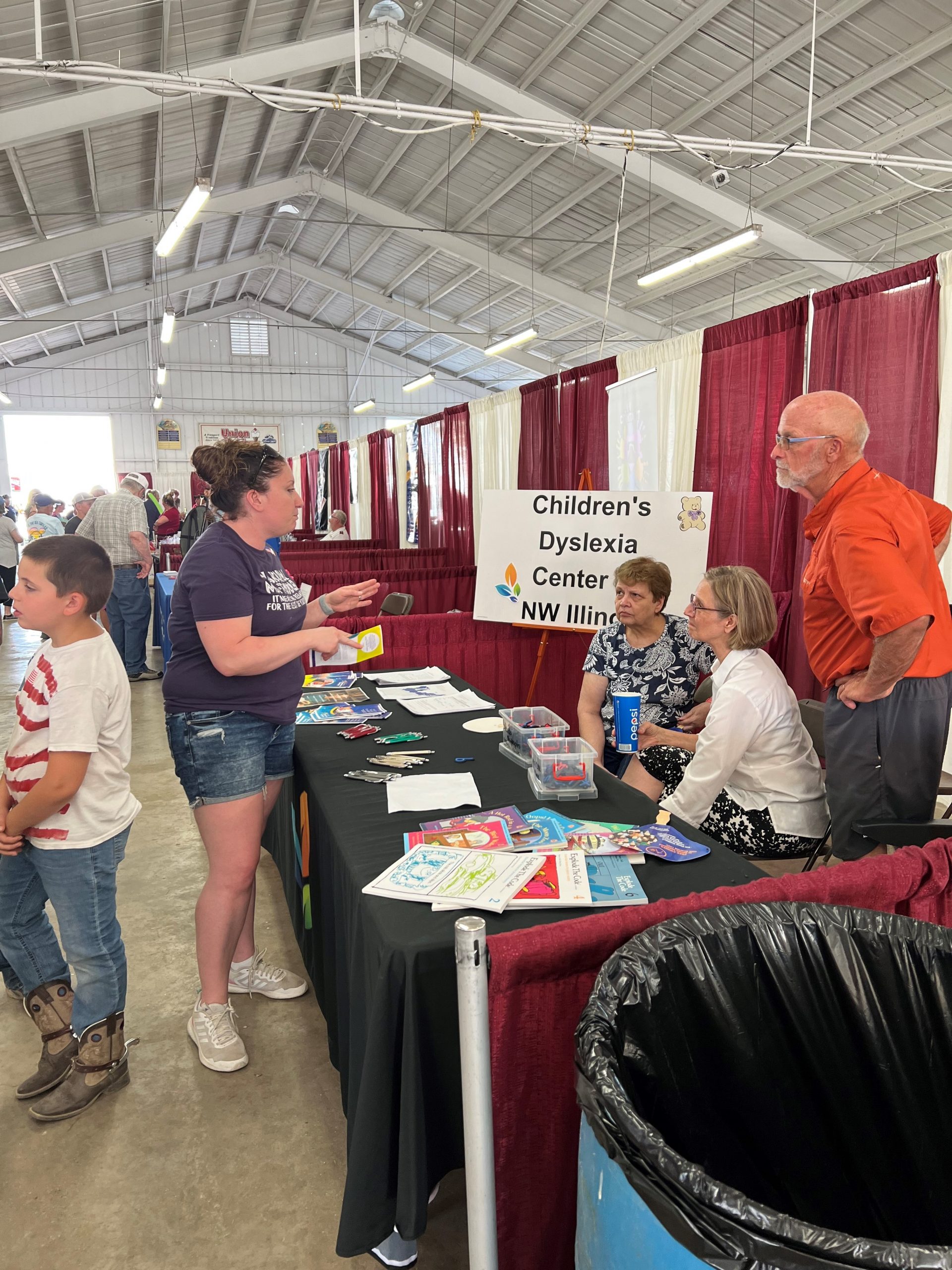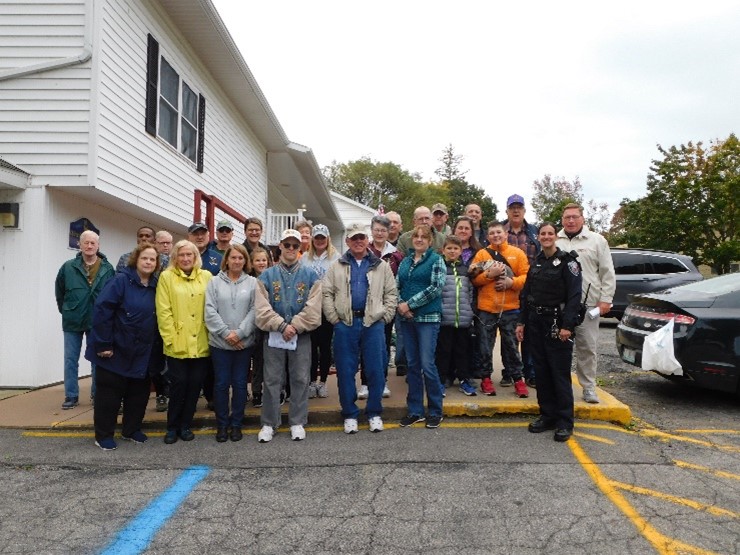This essay, by Hayden Miskinis, is one of the top three winners in the middle school category of our Seventh Annual Student Editorial Contest for which we received 1,242 entries.
“Switching Letters, Skipping Lines: Troubled and Dyslexic Minds”
By Hayden Miskinis, age 12, Epping Middle School, Epping, N.H.
I look down at my book. I slowly read the first line of jumpy letters that won’t stay still. It takes me a minute to find the next line, as my eyes jump around. This is a repeating process until I’m at the end of the page. This doesn’t just happen to me; it happens to 70-80 percent of dyslexic students in schools, and yet schools aren’t providing resources, teachers aren’t getting trained and people don’t even really understand dyslexia.
What is dyslexia? I didn’t know until 2015 when I was faced with the truth as to why I wasn’t progressing in school. I had been given interventions through a program called Title I which helps kids who don’t have access to books or reading in their homes, but it wasn’t working for me. I had plenty of books; I just couldn’t read them. What I needed were interventions that would work for me.
Many people think that dyslexia is just switching letters. In my case, and that of many other dyslexic people, switching letters is only a small part of the bigger issue. A recent study suggests that “The brains of dyslexics do form accurate neurological representations of language sounds” (Paul). This would explain why a dyslexic learner’s comprehension is so much higher than their reading ability. In other words, a dyslexic student could understand Harry Potter but not be able to read a simple word like “the.” In order for a dyslexic student to succeed, correct interventions should be applied early in school.
While it might be true that some schools acknowledge dyslexia, most schools don’t. In my case, it wasn’t until third grade that I started to get the right interventions. The delay made becoming a strong reader especially challenging. I don’t blame my teachers for this. Teachers don’t recognize dyslexia or use interventions because they aren’t prepared to. “One-on-one, individualized intervention is almost never an option in the public school system, but it is necessary for a dyslexic student” (Lunney). Students need to “attain functional reading and spelling as fast as possible. The longer that is delayed the farther behind they fall academically” (Lunney). I was fortunate that my school hired an Orton-Gillingham specialist who was trained in dyslexia. But, I’m one of the lucky ones. Most schools don’t have the funding to provide these necessary resources.
After years of intensive interventions including tutors and outside programs, I can finally pick up a book and read it like it’s nothing. This could be the future for many kids but not until teachers are trained properly and appropriate interventions are provided. In the meantime, we all need to remember, “Great minds don’t think alike.”
Works Cited
Emanuel, Gabrielle. “Dyslexia: The Learning Disability That Must Not Be Named.” NPR, 3 Dec. 2016.
Lunney, Marie. “Why Schools Don’t Do Dyslexia Intervention.” Lexercise, 25 Oct. 2016.
Paul, Annie. “Reading Experience May Change The Brains of Dyslexic Students.” The New York Times, 15 May 2014.
Source: The New York Times by The Learning Network June 17, 2020





